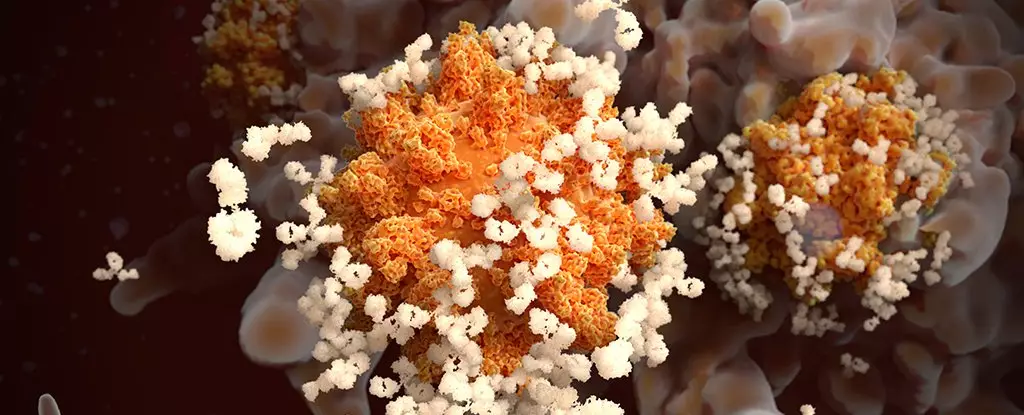The impact of COVID-19 on the human body continues to unveil new complications and challenges for healthcare professionals worldwide. Recently, a case report highlighted an unusual consequence of the virus – vocal cord paralysis. While previous reports have documented this condition in adults, this instance marked the first case of vocal cord paralysis in a teenager following a COVID-19 diagnosis. Otolaryngologists from Mass Eye and Ear at Harvard Medical School believe that the virus’s effect on the nervous system may contribute to vocal cord paralysis, adding to its already well-documented neurological complications such as headaches, seizures, and peripheral neuropathy.
In this case, after contracting SARS-CoV-2, a previously healthy 15-year-old girl began experiencing difficulty breathing days later. Initially, her symptoms included congestion, fever, and fatigue, which improved over time. However, nine days after testing positive for the virus, she suddenly struggled to breathe, particularly during physical activity. Emergency department doctors noticed rapid and noisy breathing, indicative of airway obstruction, despite her oxygen levels appearing normal. Notably, tests for SARS-CoV-2 and other respiratory infections returned negative.
Given the patient’s history of asthma and anxiety, she was initially treated for a suspected asthma attack using steroids and bronchodilators – regrettably, this intervention proved ineffective. Further evaluation by otolaryngologists revealed an unexpected diagnosis of paradoxical vocal fold motion (PVFM), a condition characterized by the closure rather than the opening of vocal cords during inhalation. Speech therapy commenced, targeting this involuntary closure of the vocal cords. Unfortunately, her symptoms persisted and did not align with the typical signs of PVFM. With ongoing breathing difficulties and the emergence of new issues like dysphagia, weakness, tingling and numbness, and unsteady gait, the decision was made to admit the teenager to a pediatric hospital for a comprehensive assessment.
Otolaryngologists closely examined her vocal cords once again, leading to a revised diagnosis of bilateral vocal cord paralysis, meaning that both of her vocal cords were unable to move. Alas, a definitive cause for the paralysis remained elusive, as comprehensive testing ruled out both infections and neurological disorders. Scans of her brain and spine showed no discernible abnormalities related to her symptoms, nor did tests assessing her swallowing function. Medical professionals concluded that the patient’s vocal cords had been weakened by her prior COVID-19 infection, likely contributing to her numbness and weakness on one side.
The medical team implemented botulinum toxin injections into her throat muscles, a treatment method that has demonstrated efficacy in addressing certain throat pathologies in children. Unfortunately, this intervention failed to alleviate her breathing issues. Consequently, the girl underwent tracheostomy surgery, which involved creating a small opening in her windpipe to facilitate breathing. Finally, her breathing improved. Over time, her weakness, tingling, and numbness also gradually resolved, reinforcing the assumption that they were consequences of her previous COVID-19 infection. The healthcare providers attempted multiple times to evaluate if she could breathe without the tracheostomy, but it was only at the 15-month mark that they could safely remove it.
The journey this teenage girl has endured serves as a testament to her unwavering resilience. After losing her vocal function and undergoing a tracheostomy, she expressed her determined refusal to attend her senior prom with the tracheostomy in place. Her commitment paid off, as she eventually achieved the milestone of attending this memorable event without the aid of medical intervention.
Vocal cord paralysis may emerge as an infrequent but consequential outcome of a COVID-19 infection. This distinct case highlights the importance of continued research and medical investigation into the wide-ranging effects of the virus on the human body. As the world grapples with the ongoing challenges of the pandemic, these unique cases remind us of the urgent need to understand and address the various implications of COVID-19 fully.


Leave a Reply